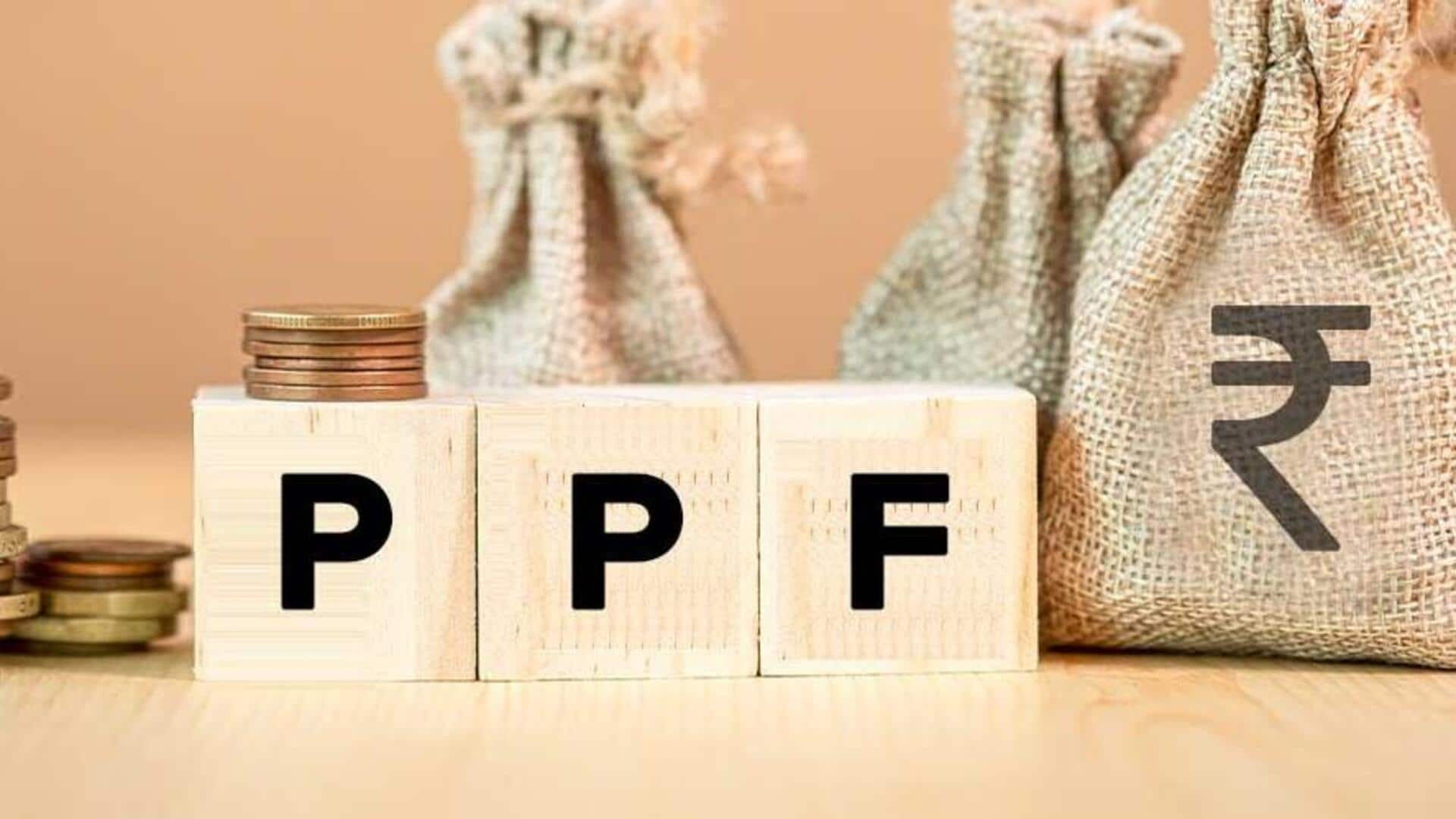
Exploring retirement savings in detail: PPF vs ULIPs
What's the story
Choosing the right retirement savings plan is crucial for a financially secure future.
In India, two commonly considered options are the Public Provident Fund and Unit Linked Insurance Plans.
Each offers distinct advantages and features catering to different investment goals and risk appetites.
This article delves into the details of PPF and ULIPs, assisting you in deciding which one might be a better fit for your retirement planning needs.
Safety first
Understanding PPF: A safe haven
The Public Provident Fund (PPF) is government-backed, providing a secure investment option with a decent return of seven to eight percent.
It only requires a minimum annual investment of ₹500 and has a maximum limit of ₹1.5 lakh, making it accessible to almost everyone and guaranteeing security with reasonable returns over time.
Flexibility
The dual advantage of ULIPs
Unit Linked Insurance Plans combine life insurance coverage with investment opportunities in equity and debt markets.
They offer investors the flexibility to select their investment options, with the potential for higher returns depending on market performance.
However, ULIPs come with higher risks compared to Public Provident Funds.
Premiums paid for ULIPs are eligible for tax deductions under Section 80C of the Income Tax Act, similar to PPF contributions.
Saving smartly
Tax benefits compared
Both PPF and ULIPs provide tax advantages under Section 80C, allowing deductions on contributions up to ₹1.5 lakh per year.
PPF enjoys complete tax exemption on earnings upon withdrawal after 15 years. On the other hand, ULIP returns can be taxed if certain criteria aren't fulfilled.
This difference makes PPF a safe and tax-efficient choice, while ULIPs offer higher return potential but with some tax drawbacks.
Patience pays
Lock-in period: A commitment to save
The biggest difference between PPF and ULIPs is the lock-in period.
PPF accounts have a long lock-in period of 15 years, fostering a disciplined approach to long-term saving. However, this also limits your access to funds.
Most ULIPs offer a shorter lock-in period of five years, providing earlier liquidity. However, to truly benefit from ULIPs, one needs to continue paying premiums even after the lock-in period.
Personal preference
Choosing what suits you best
The choice between PPF and ULIPs depends on your financial objectives, risk appetite, and investment horizon.
If you desire a secure, low-risk option with guaranteed returns and tax advantages, PPF is perfect.
On the other hand, if you are willing to take risks for potentially higher returns and want to get life insurance at the same time, ULIPs are a good option.